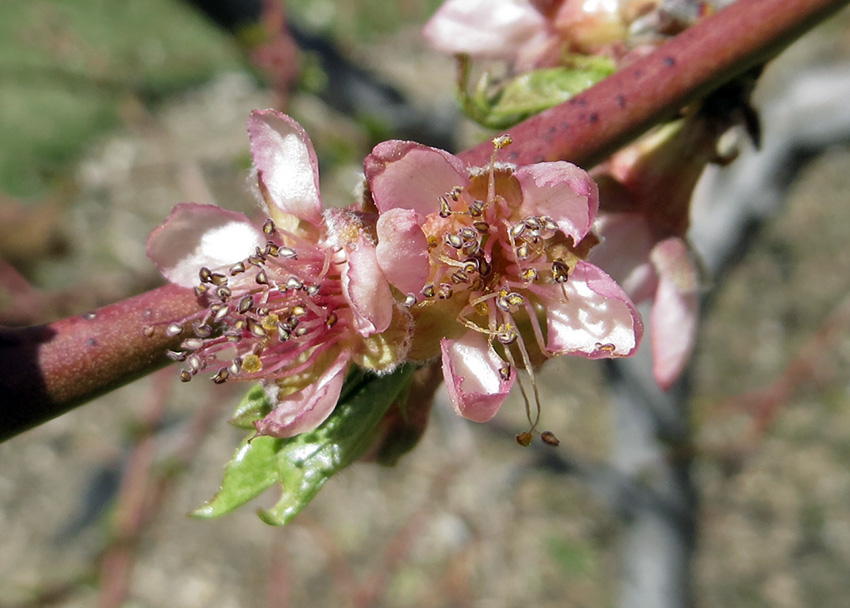Late frost can be a nightmare for fruit gardeners. After months of care—mulching, feeding, watering, and pruning—one night of freezing temperatures can wipe out all the hard work, leaving you with little to no fruit. Frosted blossoms can cause irreversible damage to your fruit crop, which is why it’s crucial to protect your plants from these unpredictable spring chills.
Understanding Frost Risk in the Garden
Cold air sinks, so if your garden has low spots or is sloped toward a wall, fence, or dense hedge, cold air will pool in these areas, increasing the risk of frost damage. To reduce the chance of frost settling in these areas, consider creating a gap in hedges or thinning them at the base to allow the cold air to drain away. For low-growing fruits like gooseberries or strawberries, it’s best to avoid planting in these frost-prone areas altogether, as their blossoms are more vulnerable.
On the other hand, sun-facing walls made of stone or brick can be a lifesaver. These walls absorb heat during the day and release it at night, providing some warmth to nearby fruit trees and bushes. This radiated heat can be just enough to protect delicate blossoms, particularly for less hardy fruits like peaches, cherries, and apricots.
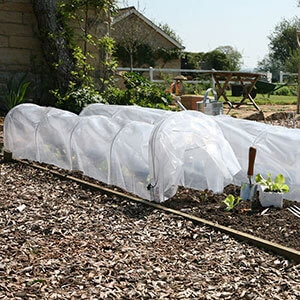
Preparation and Preventative Measures
Proper care around the base of your plants can make a difference. Keep the area around the plant trunk free of weeds, grass, and other vegetation, as these can trap cold air and prevent warm air from rising. A bare or mulched ground will help ensure that the warmth from the soil rises to protect your plants.
Wet soil is also better at radiating heat than dry soil, so if frost is expected, watering the area around your plants may help. This simple act can provide extra warmth to help protect your blossoms.
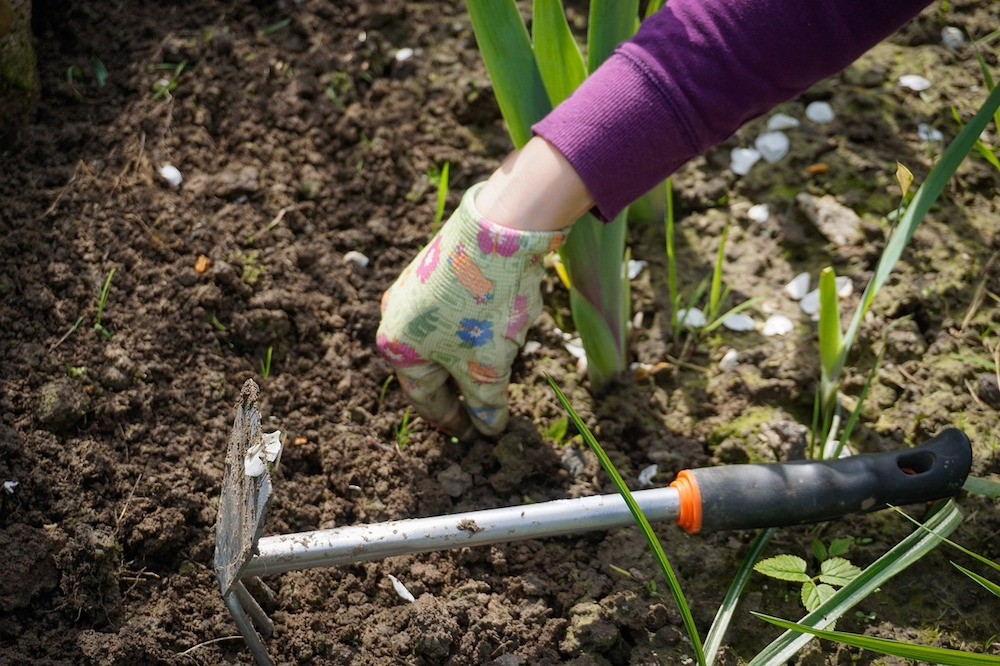
Frost-Tolerant and Late-Flowering Fruits
Some fruits are naturally less susceptible to frost due to their late blooming habits. Raspberries, blackberries, and acid cherries tend to flower after the typical frost danger period has passed. Similarly, most modern varieties of blackcurrant are also frost-resistant.
Blueberries and strawberries often bloom over an extended period, so if some blossoms are damaged by frost, others may still bloom later, offering a second chance. Choosing late-flowering varieties is another strategy for minimizing frost damage. While the flowering time is not always specified when buying plants, selecting varieties that are suited to your local climate is a smart move.
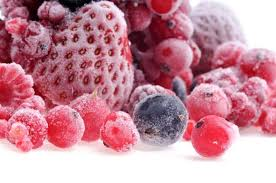
Protecting Blossoms with Covers
Despite your best planning, late frosts may still threaten. One of the most effective ways to shield your plants is by covering them. While large trees are difficult to cover completely, the blossoms on higher branches may still survive the cold, even if lower branches are affected.
For smaller fruit trees, fruit bushes, and wall-trained plants, you can use row cover fabric, plastic sheets, or any lightweight material to cover the plants. Be sure to extend the cover to the ground to trap warmer air beneath it. For ground-hugging strawberries, individual cloches or tunnel cloches can provide easy protection.
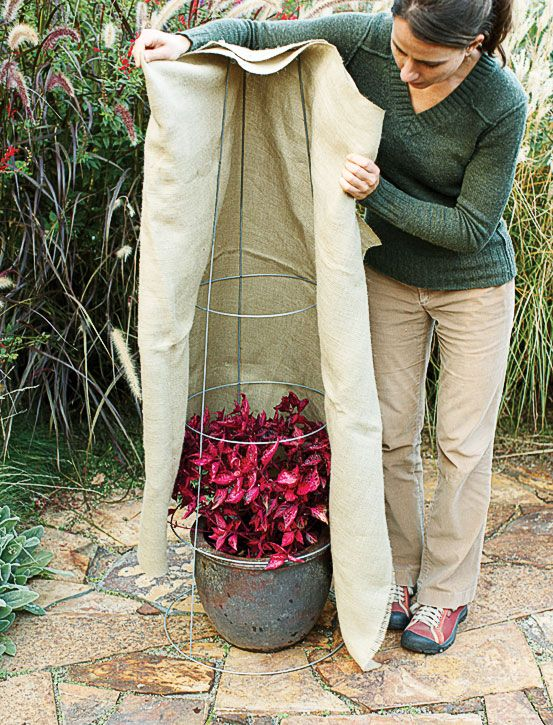
To prevent the cover from directly touching the blossoms or branches, suspend the material on stakes or canes. Protect the cane tips with something soft, like old tennis balls, to prevent them from puncturing the cover. Remember to remove the cover during the day to allow pollinators to access the flowers and ensure proper fruit set.
Conclusion
With a little preparation and careful attention, you can protect your fruit blossoms from late frost and ensure a fruitful harvest. Keep an eye on weather forecasts, plan for potential frost risks, and use protective measures to safeguard your plants. The effort you put into protecting your fruit trees now will pay off when you enjoy a bountiful crop later in the season.
